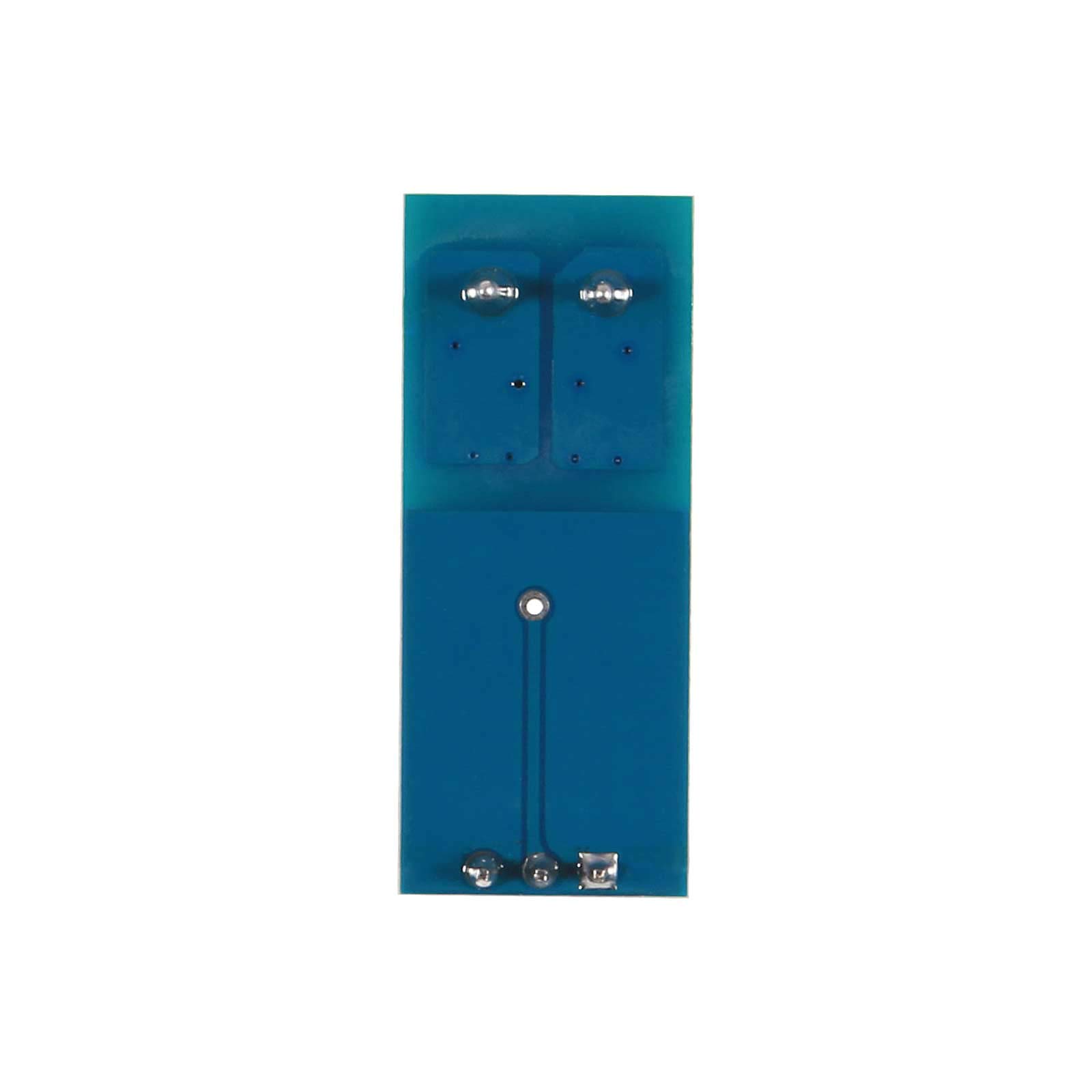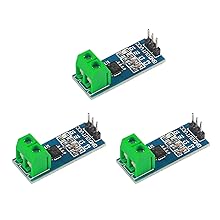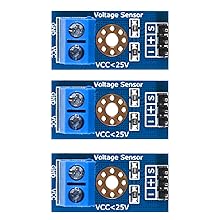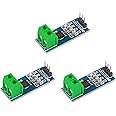






3PCS 30A Range Current Sensor ACS712 Module AC/DC for Arduino (30A)
Details
- BrandAtnsinc
- Color30A
- Item Weight0.35 Ounces
- Input Voltage5 Volts
- Output Voltage5 Volts
Description
🔋 Power Your Projects with Precision!
- PACK OF THREE - Get more value with a convenient 3-pack for multiple applications.
- POWER INDICATOR - Stay informed with the on-board power indicator for hassle-free monitoring.
- MULTIPLE OPTIONS - Choose from 5A, 20A, or 30A specifications to suit your project needs.
- PRECISION MEASUREMENT - Experience accurate current readings with the ACS712's Hall effect technology.
- VERSATILE COMPATIBILITY - Seamlessly integrates with Arduino and other microcontroller platforms.
The 3PCS 30A Range Current Sensor ACS712 Module is a versatile and precise current sensing solution for Arduino enthusiasts. With a measuring range of ±30 amps and a 5V power supply, this module is perfect for various applications. The package includes three sensors, allowing for multiple projects or redundancy in your designs.







Have a Question? See What Others Asked
Reviews
N**6
Great Current sensor
These current sensors are easy to use for my DIY project.
S**.
Does work for AC - look for RMS current
Other customers pointed out it doesn't work for AC circuits. That's because the output is sinusoidal; so a normal multimeter won't read it. You need to have a microcontroller sample the output and solve for the RMS current. It worked great for my AC project.
P**R
Not very accurate, lugs too small
The lugs are only good for 10a as others have pointed out.Also they don’t seem terribly accurate. The zero point wanders a little even when the shunt has a shorting wire across it. At zero amps the output wavers between +0.13a and -.03a - this is not a serious problem.The biggest problem is they’re inaccurate at least so far when testing below 3 amps. I’m testing them against a $12 handheld volt/amp meter though so I can’t say for certain which one is wrong. I got 1.6a on these devices and my meter read 2.3a - If it’s real and it’s linear I’ll fix it in software.
J**S
Don't bother for AC circuits
I tried this ammeter on a 75W 120VAC light. My goal was to verify the light was on with the ammeter. Firstly, the lead connectors are small; meant for 18-gauge or smaller. I don't think it would be safe to connect large gauge wire to this sensor. Plus it doesn't have any mounting holes, so idk how you'd securely mount this board in an enclosure. Secondly, it doesn't work for AC circuits. I connected it according to the documentation and the voltage output (2.47VDC) did not change while I was turning the light on/off. The light is drawing about 0.6A, so the output voltage should've been varying between 2.5 and 2.6 when I turned the light off and on, respectively.For a sanity check, I connected this ammeter to a DC pump and it worked as expected. The output voltage varied between 2.47 and 2.60 when I was turning the pump off and on. This confirms that the ammeter does not function on AC loads and the documentation is incorrect.
K**X
Questionably 20A. With screw terminals it's max 10A.
The IC on the board is designed for 20A. Without commenting on how they are letting 20 amps through a pair of pins, the screw terminal attached to the board is rated for 10A 300V, making the board as a whole 10A max. If you wanted more amperage you would have to desolder the screw terminals and resolder the appropriate wire into the hole.If you only need 5A max, go for the ACS712 5A version. It's more sensitive than this board as a practical bonus. There is also a 30A version which would be better if your circuit gets close to 20A. Unfortunately I have a 12A max requirement so I'm stuck modding this awkward in-between board.
G**A
Received on time. Have not tested!
Original product Packaging (not the shipment packaging) was damaged with few units solders flattened. Tarnished solder pads. Will have to test for functionality and decide if to buy again.
B**W
asinine design
I bought a set of these to monitor solar panel currents that might get near 30 amps. I'm using 10gage wire for such large currents. There's NO way to fit wire of the appriate sice in the terminals that come soldered to the board. Seems pretty bush-league design to me.Additionally, there's no screw hole on the PCB, so I guess you just throw it in the project box and hope nothing shorts out???
T**R
Does not work with AC currents
I ordered the 20a device and relied on the description that the current sensor would detect both ac and dc currents. The current sensors I received only work with dc currents. Yes, they did work with dc properly.
Common Questions
Trustpilot
1 month ago
1 week ago


